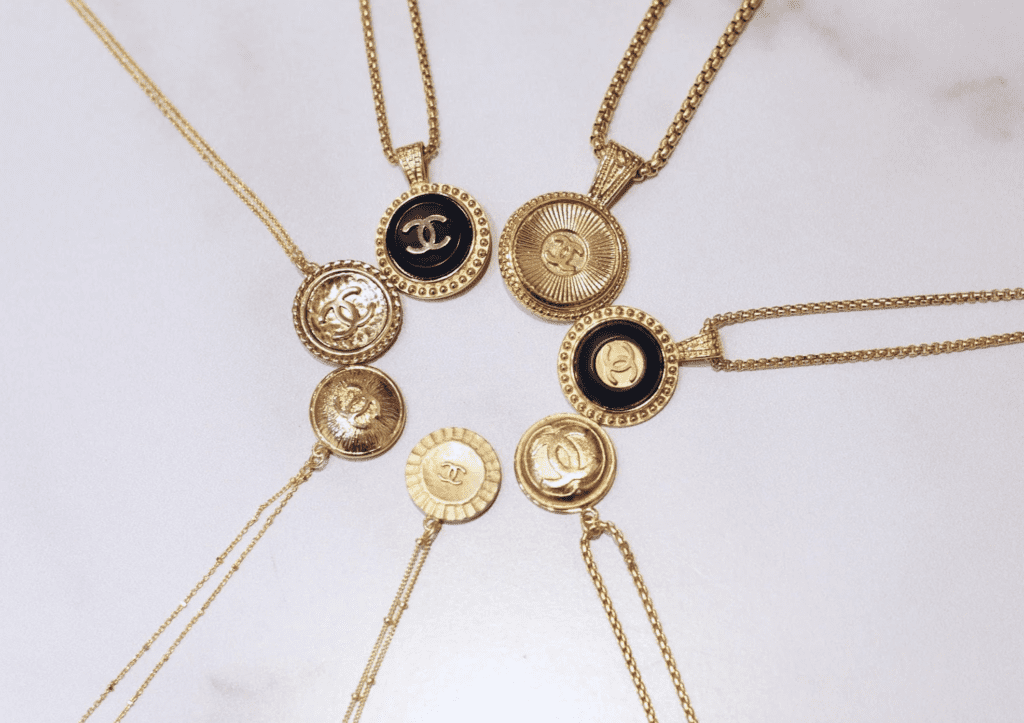Brexit will affect companies in so many different ways, it is sometimes hard to know what to focus on first. Inherently valuable to so many companies, intellectual property is facing a number of changes due to Brexit, many of which will be very smooth and require little immediate work by businesses. Patents are almost entirely unaffected by the transition, while registered designs and trademarks will simply be cloned and reproduced on the UK register. (The changes on those fronts will come when a rights holder wants to enforce designs or trademarks, or is still in the process of registering them).
The real day-to-day change comes with unregistered design rights. Created automatically, it is common for businesses not even to realize that they have these rights until they want to take action against an infringer. They are often a useful back-up option that are relied on to great effect when a product is copied. The changes caused by Brexit will narrow these automatic rights significantly, meaning businesses need to be more aware of how they are obtained, and if the new scope of protection will be sufficient.
Design law is (perhaps surprisingly) very complex, and is an area in which advice should be obtained from a specialist if you want protection. Nonetheless, the following is a high-level overview of what is about to change. (It is worth noting that the changes set out below do not affect the scope of protection of products launched before January 1, 2021).
Protection for shapes of products via UK unregistered designs. Currently, if you are a British or EU-based business, you automatically obtain UK unregistered design protection for the shape of your product for 10 years from when you launch it. From 1 January 2021, businesses in the EU27 will no longer qualify for this protection; it will only be open to businesses from the UK, Hong Kong, New Zealand, and a few of the Caribbean islands.
Protection for all aspects of designs via EU unregistered designs. Currently, businesses also obtain protection for all aspects of a design of an article (not just shape – but colors, textiles, decoration, etc., as well) for three years from the first disclosure within the UK or EU, and that protection covers the whole of the UK and EU. From January 1, 2021, the UK will create its own version of this right, covering the UK only. However, businesses will have to choose which they want: do they want the UK one, in which case they should disclose in the UK first, or do they want the EU one, in which case they should disclose in the EU first. On the face of it, you cannot have both.
The UK Government unsuccessfully tried to improve the post-Brexit position for UK and EU businesses – The UK Intellectual Property Office had been seeking to agree with the EU via the proposed Free Trade Agreement that disclosures in the UK or EU should be mutually recognized. That is, if a product is first launched in London, that would count as a first disclosure for both the UK and EU versions of the three year protection. And likewise, if a product is first launched in Paris, it would obtain the UK as well as the EU version of the three year protection. This would have benefited both UK and EU businesses – without such mutual recognition, whether a business obtains UK or EU protection is most likely to depend on where the first trade show of the season is, rather than the location of the business seeking the protection.
The very latest development on this is that, disappointingly, the EU has not agreed to this, meaning that businesses still have to choose which protection they want – EU, or UK, or the three year right. This was perhaps not surprising, but will be a particular blow to businesses that rely on unregistered designs for surface decoration as part of the product, such as the fashion industry, where the sheer volume of different designs makes registration seem unworkable.
What should UK and EU design-led businesses do now in light of this setback? It would be a good investment of your budget to seek advice on a strategy that would work for you and your particular circumstances, but some ideas to consider include: registrations (UK registered design protection in particular is very cheap – official fees can be as low as £2 per design if a few are filed on the same day), and simultaneous disclosure (although it is not yet known whether this is an acceptable work-around, disclosing your design simultaneously in both the UK and EU (perhaps on a website pointed at consumers in both jurisdictions) could mean that you qualify for protection in both).
John Coldham is a partner and the UK Head of Brands and Designs at Gowling WLG.











